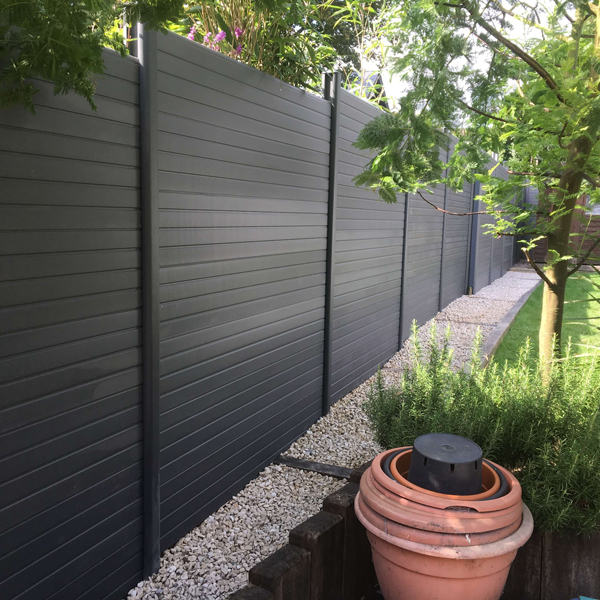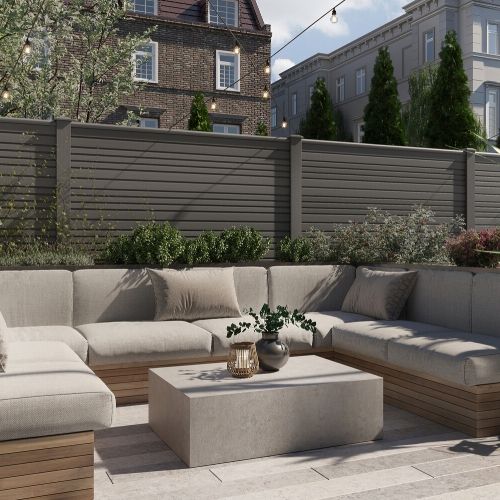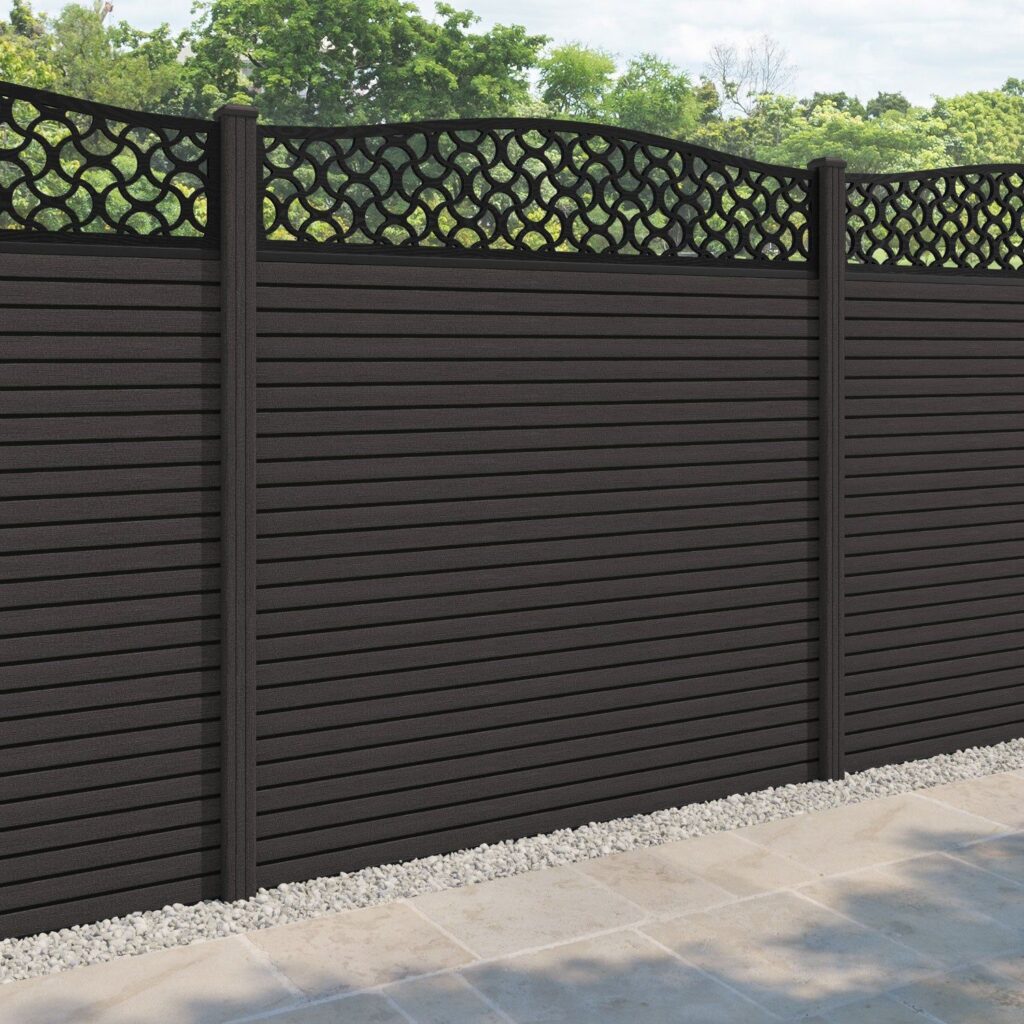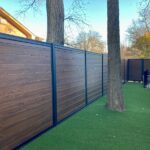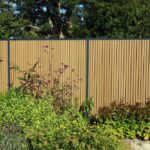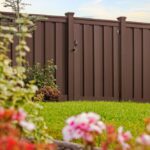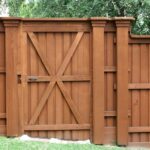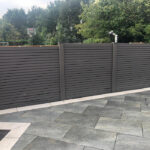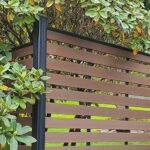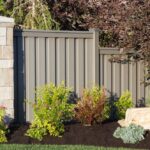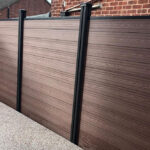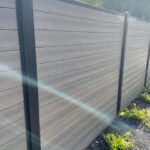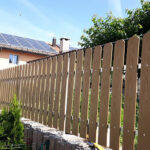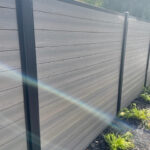Composite fencing is a popular alternative to traditional wood or vinyl fencing for many homeowners. Made from a combination of recycled wood fibers and plastic, composite fencing offers the look and feel of real wood without the maintenance and upkeep.
One of the key benefits of composite fencing is its durability. Unlike wood fences that are prone to rotting, warping, and insect damage, composite fencing is resistant to these issues. This means that composite fences require minimal maintenance and have a longer lifespan, saving homeowners time and money in the long run.
Composite fencing is also environmentally friendly, as it is made from recycled materials. This makes it a sustainable option for homeowners who are conscious of their carbon footprint. Additionally, composite fencing is often manufactured using eco-friendly processes, further reducing its impact on the environment.
Another advantage of composite fencing is its versatility in design. Available in a variety of colors, styles, and textures, composite fencing can be customized to suit the aesthetic preferences of any homeowner. Whether you prefer the look of a traditional wood fence or a more modern design, composite fencing can be tailored to meet your needs.
In terms of installation, composite fencing is relatively easy to install compared to other fencing materials. It is available in pre-fabricated panels that can be easily assembled on-site, reducing the time and effort required for installation. This makes composite fencing a great option for DIY enthusiasts or homeowners looking to save on installation costs.
Overall, composite fencing offers a durable, low-maintenance, environmentally friendly, and customizable option for homeowners looking to upgrade their fences. With its many benefits and advantages, composite fencing is becoming an increasingly popular choice among homeowners seeking a long-lasting and visually appealing fencing solution.
